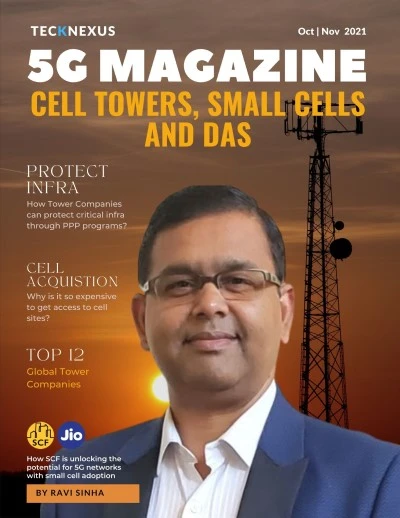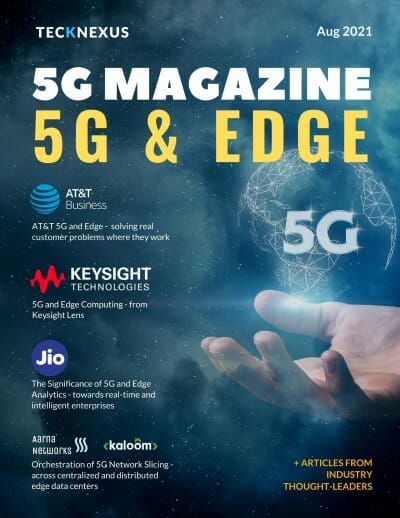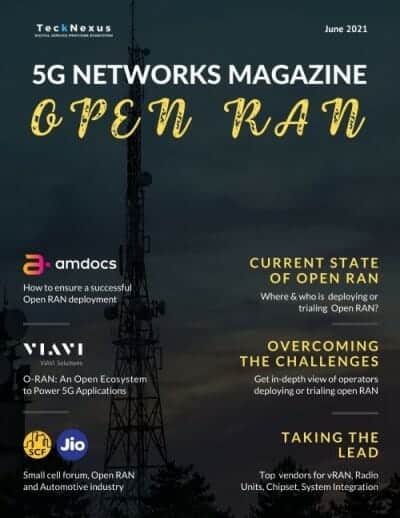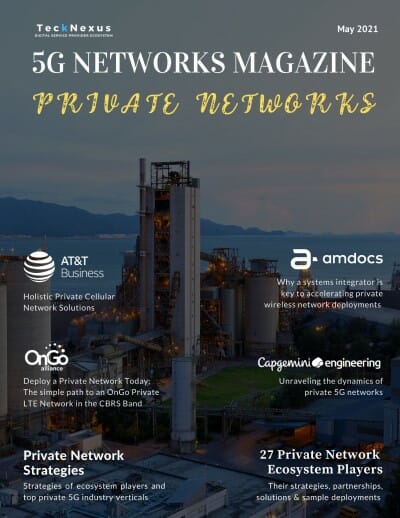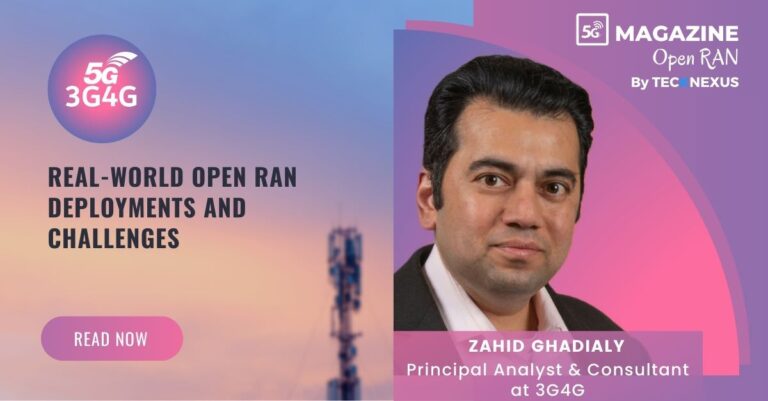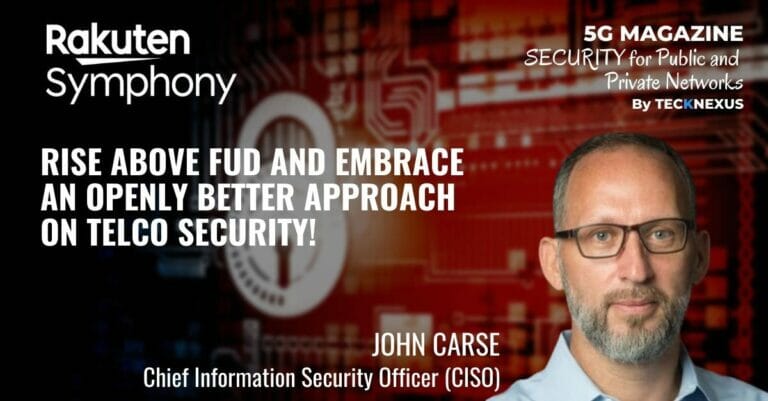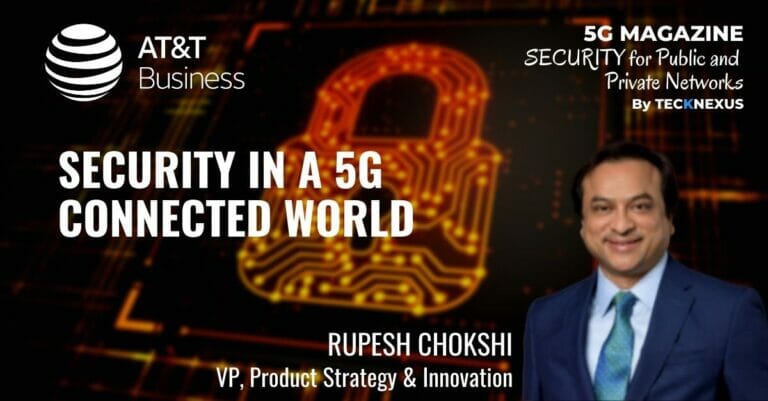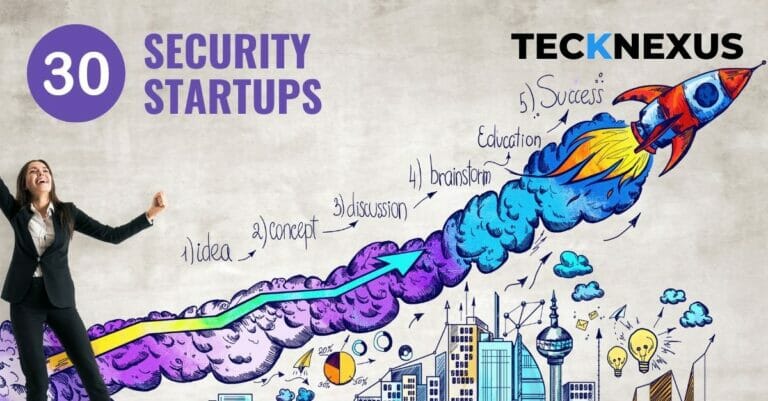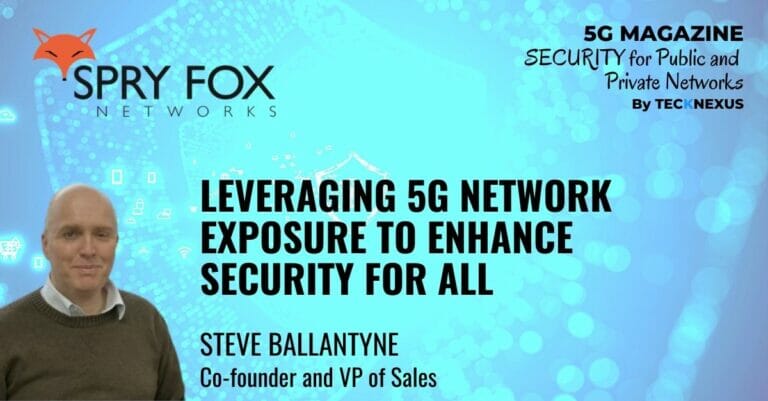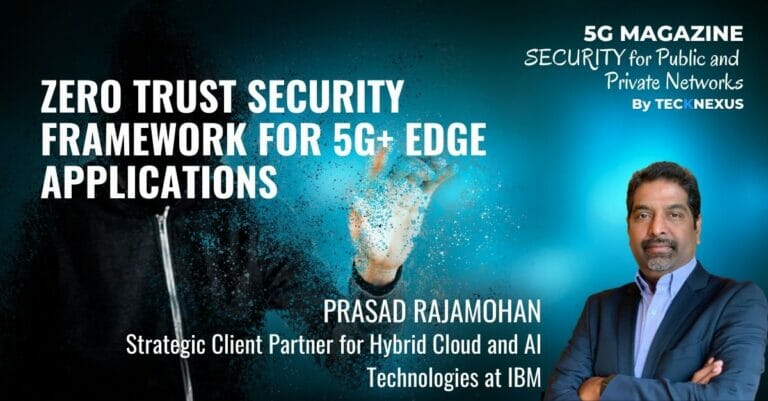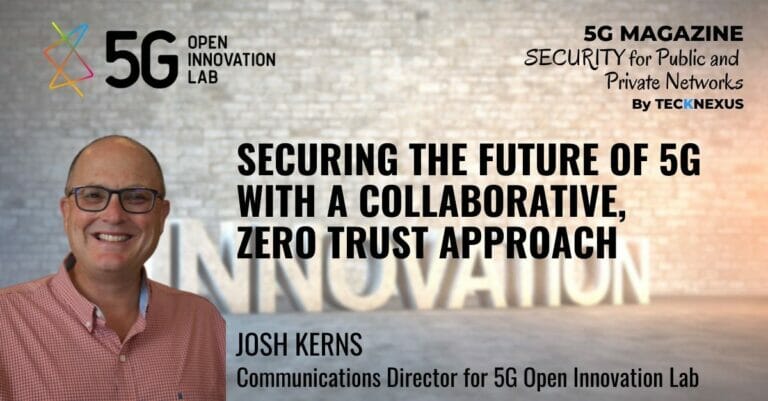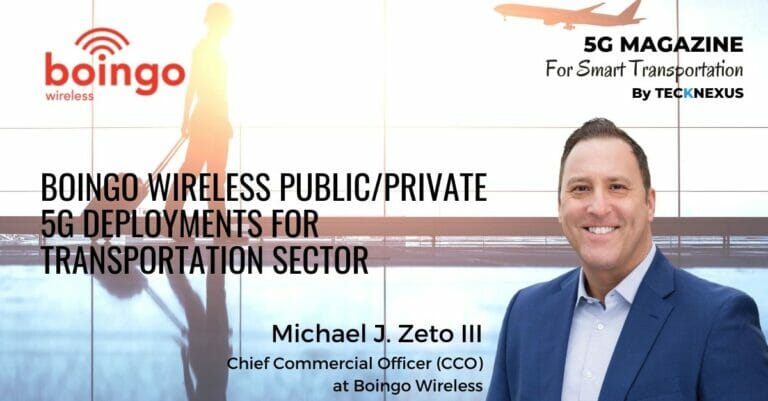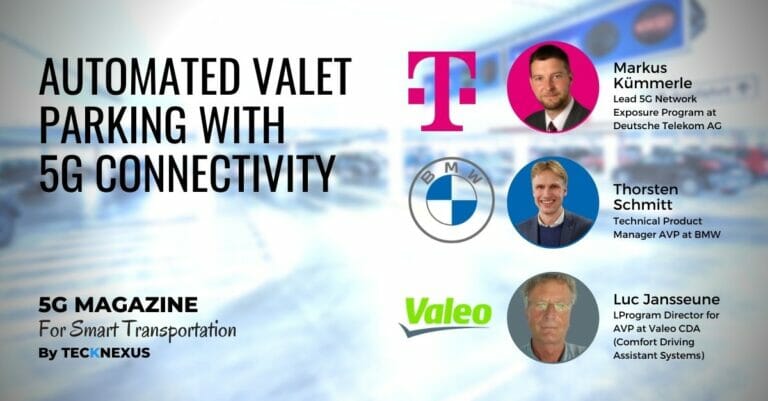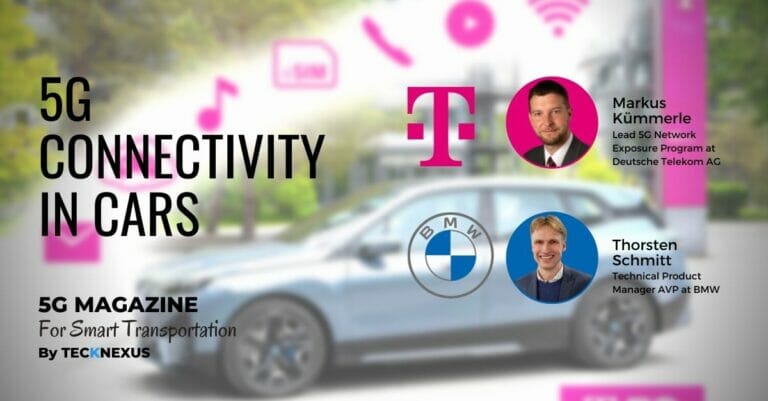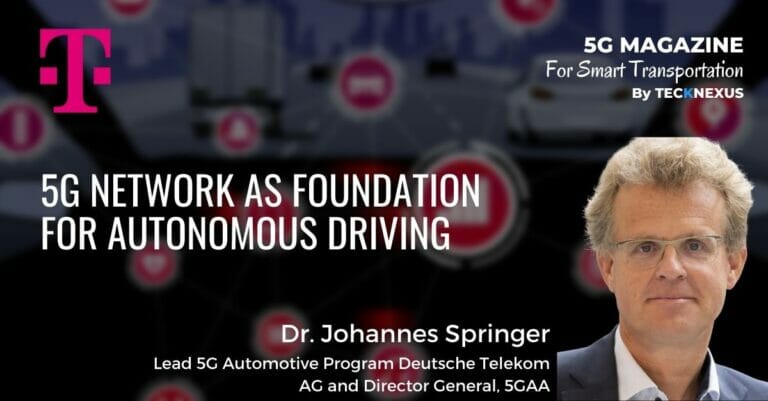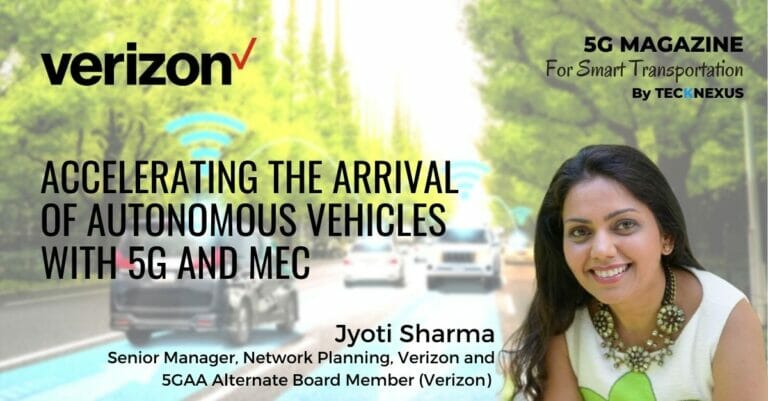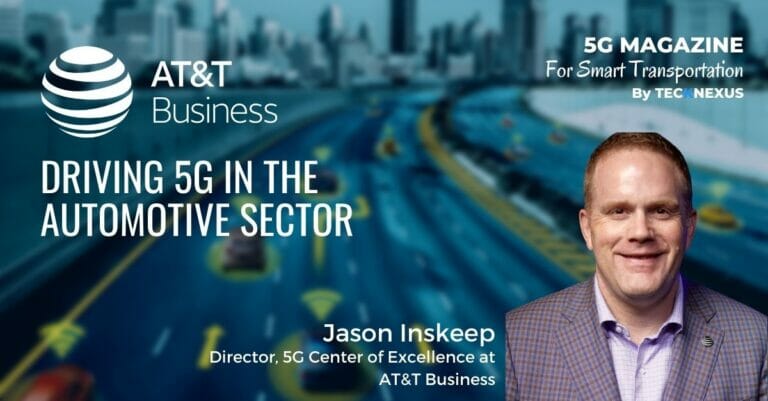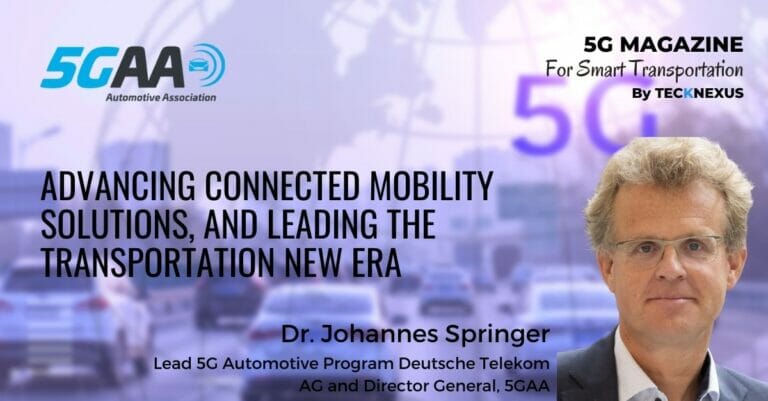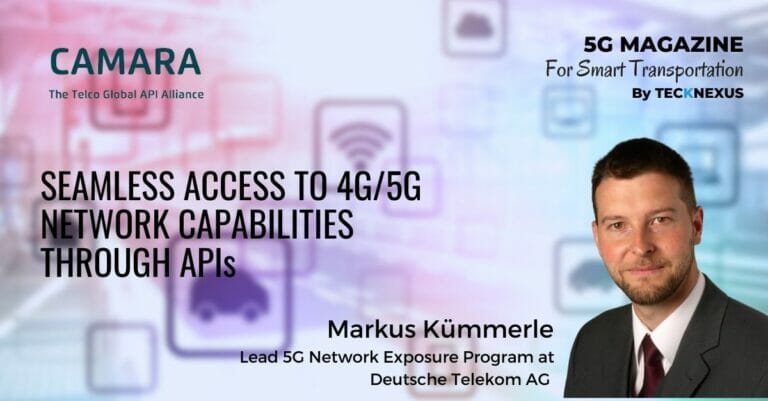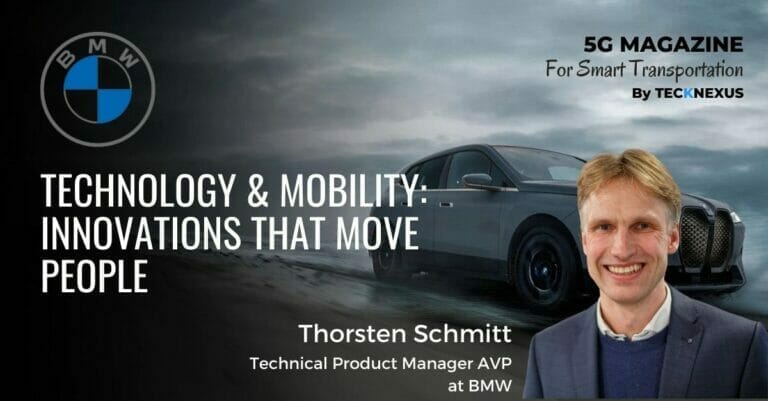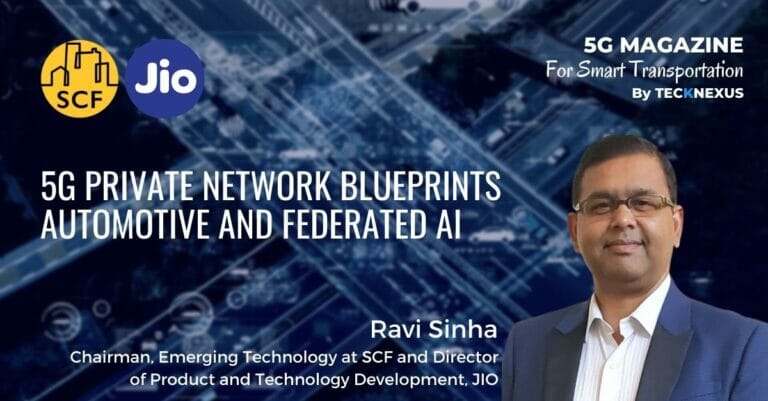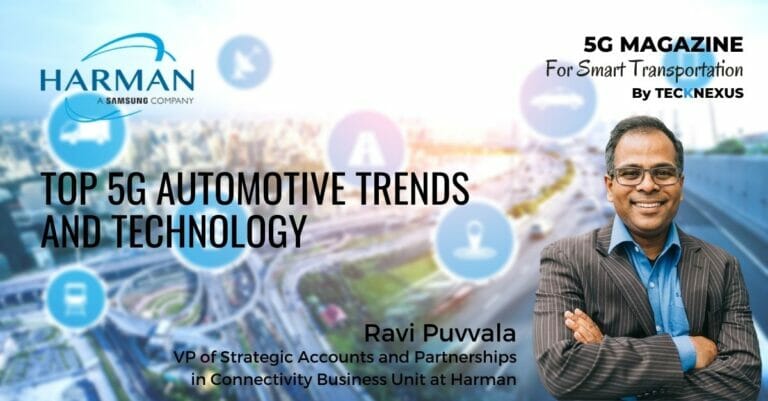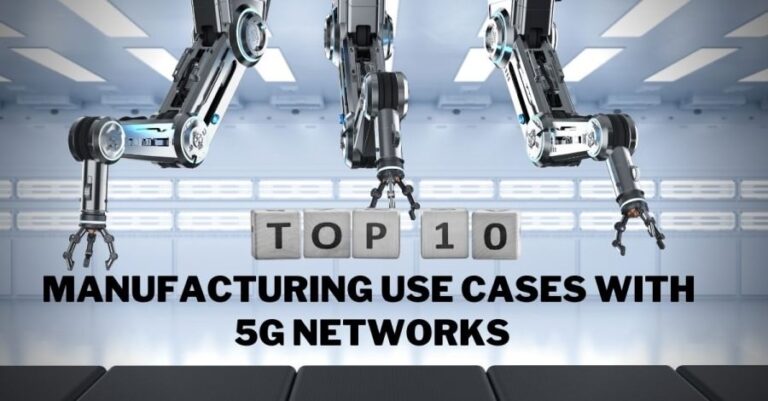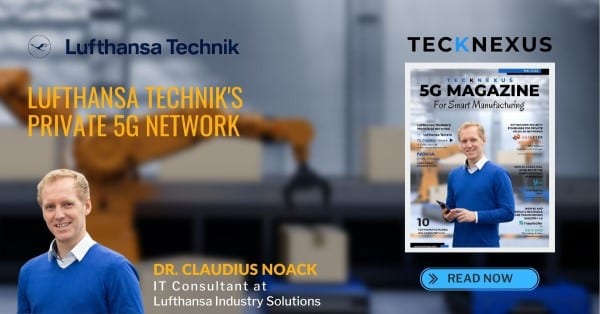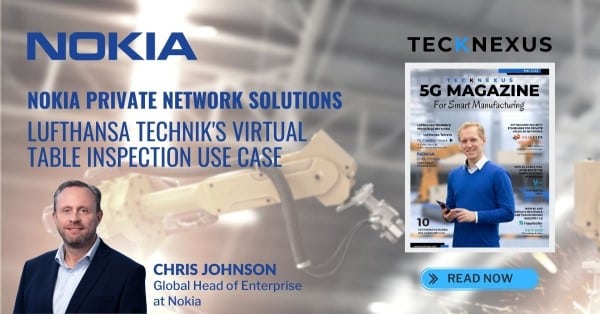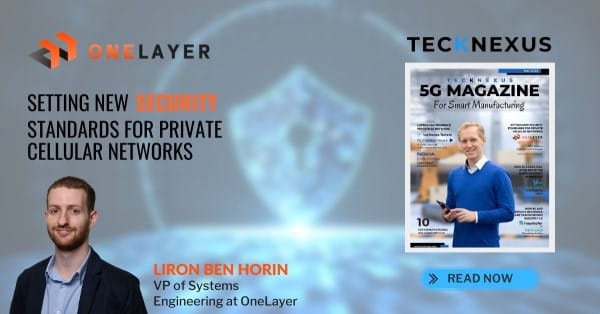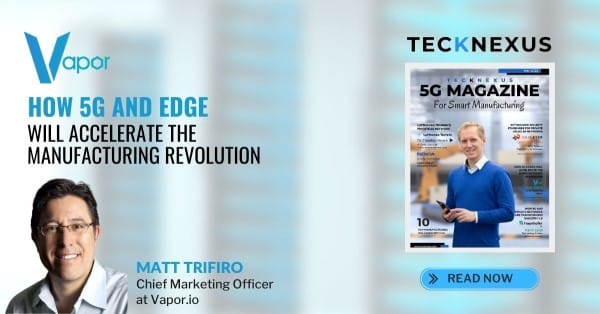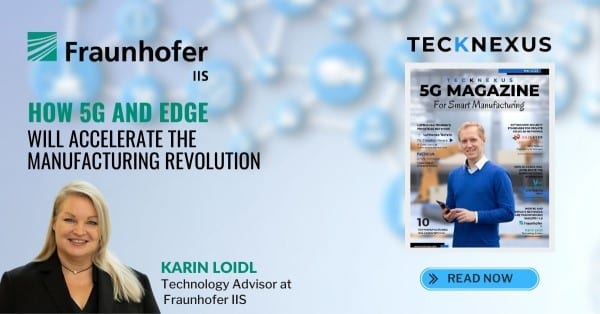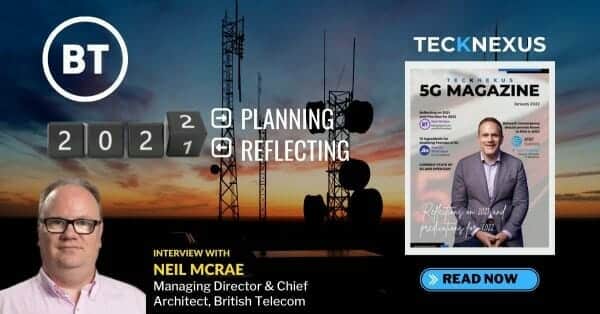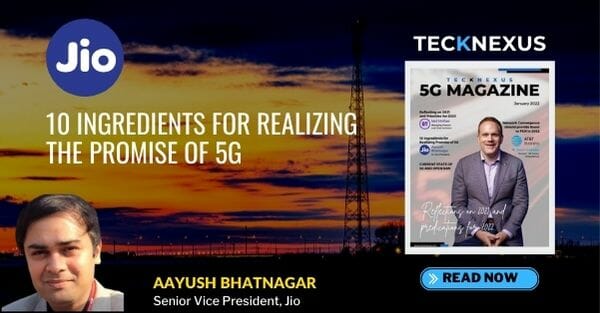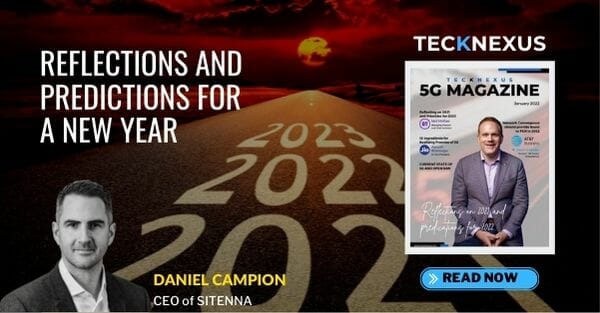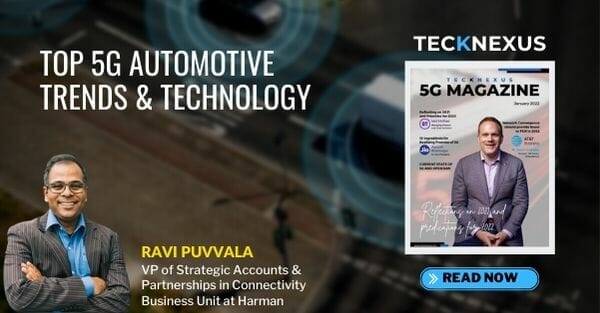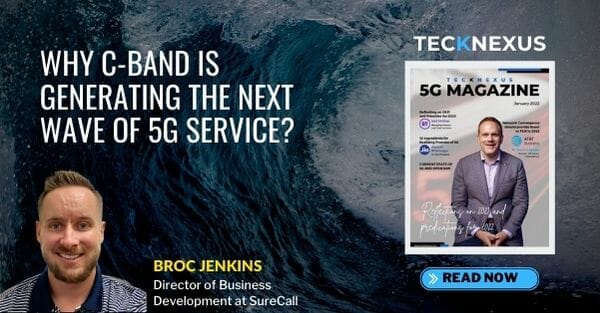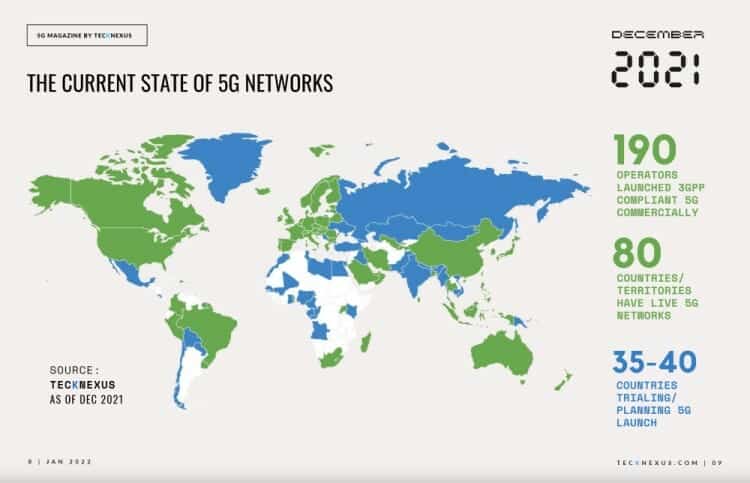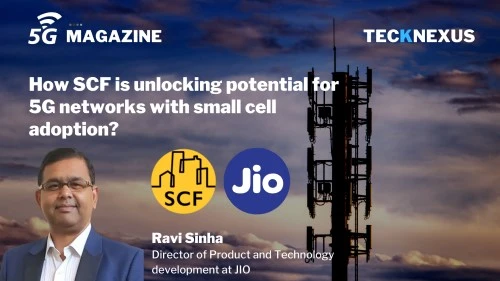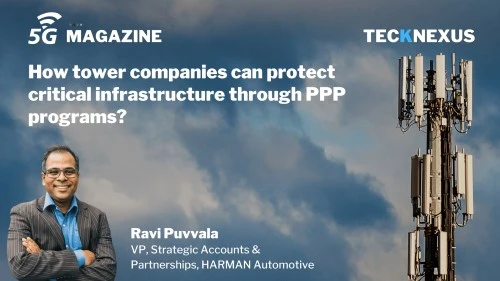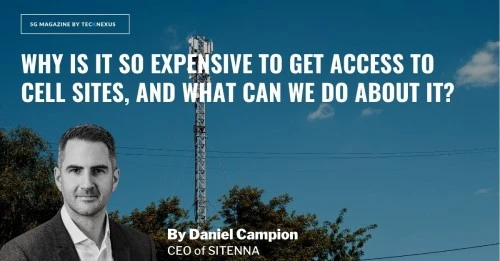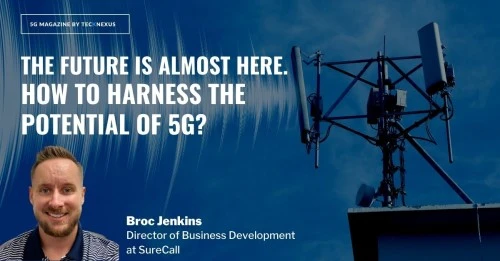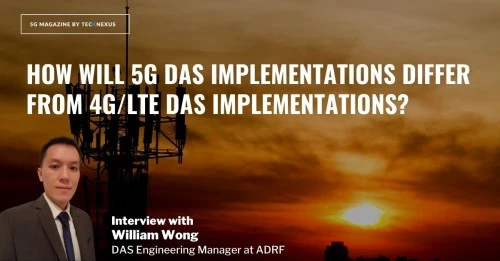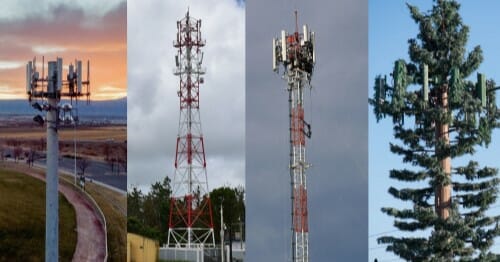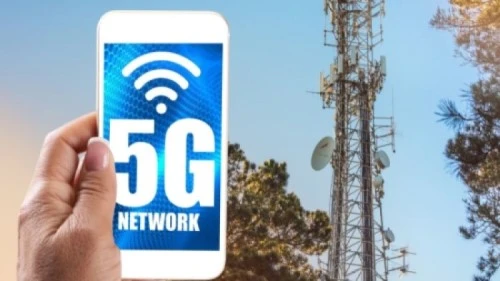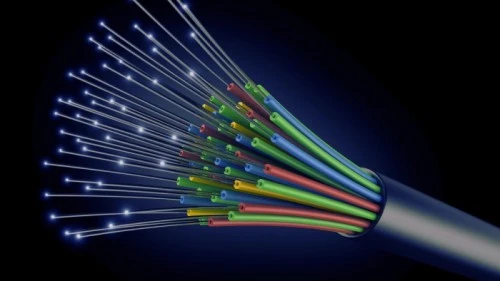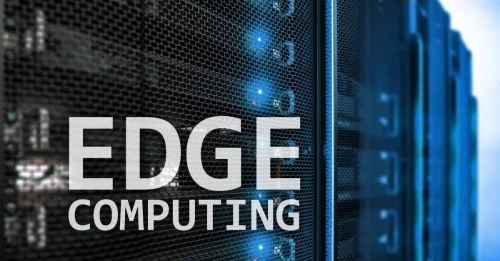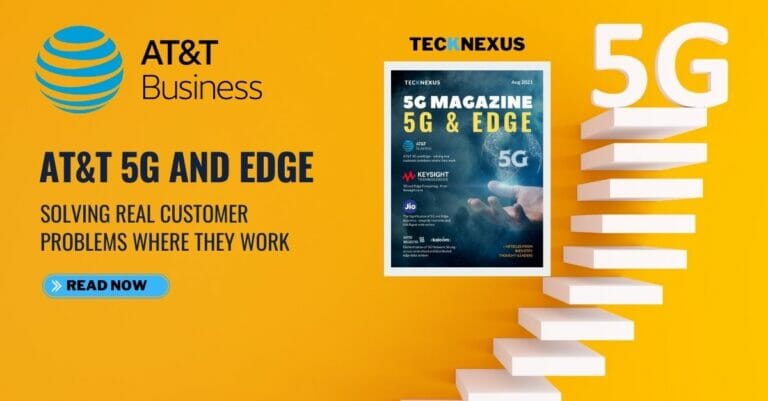Magazines and Articles
- All
- 2022 Predictions
- 2023 Predictions
- 5G and Beyond | 2024
- 5G Edge
- 5G for Manufacturing
- 5G for Transportation
- 5G Monetization
- 5G Towers
- AI Pulse for Telecom
- Featured
- Foundation
- Generative AI
- Leaders
- Open RAN | 2021
- Open RAN | 2022
- Perspective
- Private 5G/LTE and CBRS Networks | 2024
- Private Networks | 2021
- Private Networks | 2022
- Private Networks | 2023 Awards
- Satellites and NTN
- Security
- Tech and Connectivity
- TechFusion
- Telco Cloud
Zahid Ghadialy, Principal Analyst & Consultant at 3G4G provides us a background for the need to support Open RAN across 2G/3G/4G and 5G. What are the common challenges, capacity enhancement challenges and coverage challenges? How operators and vendors is addressing those challenges in developing and developed countries?
The automotive industry is undergoing a revolutionary change towards software-defined vehicles, 5G connectivity, and autonomy. To cope with this change, the vehicle ecosystem has had to rapidly evolve, leading to the emergence of new potential attack surfaces and target methods. This article focuses on the landscape of vehicle attacks, challenges faced by the Auto OEMs, and the revolutionary approach taken by HARMAN where they build a safety net for customers through anomaly detection and attack prevention.
To compete safely at the speed of the cloud, telecom operators should evaluate industry best practices, collaboration, and innovation, setting the best security and privacy strategies based on individual regulatory and market contexts.
In today’s world, the network’s security is of prime importance. It’s on the top of the mind of everyone, be it the CEO, CSIO, the CTO, or the CMO. Moreover, it’s an important topic in all boardroom conversations as glitches in security will impact the brand.”
Public cellular networks have been around for years, and many security tools keep them running. Likewise, enterprise IoT networks are not new, and a wide variety of great security solutions have been developed to protect these networks. So why is a different security solution necessary for private cellular networks?
Who are the global security startups that are innovating to solve the security challenges, including protecting public and private networks?
Can mobile operators use 5G to enhance security and monetize their networks at the same time? The answer is an emphatic Yes! 5G has functions such as NEF (Network Exposure Function) that expose the vast capabilities of Mobile Networks using standardized APIs. It allows mobile operators and private network operators to provide new services and monetize their networks.
The UK Government’s Department for Digital, Culture, Media and Sport (DCMS) is leading delivery of the Digital Connectivity Infrastructure Accelerator (DCIA) programme. This programme specifically addresses the challenges associated with the use of publicly owned infrastructure assets to support the roll out of advanced wireless connectivity.
The security paradigm has made significant evolution over the last couple of decades. When it comes to securing today’s ‘no-boundaries’ business applications, no assumptions, and zero trust.
Cyberattacks increasingly frequent, costly. The threats are staggering. On average, it takes more than 250 days to find and mitigate a network breach. Cyberattacks are up 92%, and the average data breach now costs $3.86 million,
Interview with Michael J. Zeto III, Chief Commercial Officer (CCO) at Boingo Wireless, about their public/private 5G Network deployments. We cover Boingo’s private network deployments at Chicago O’Hare, Dallas Love Field Airports, and Las Vegas Monorail Convention Center Station, in addition to their wider deployment for the transportation sector including Metropolitan Transportation Authority (MTA) in New York, London Heathrow Airport, and Brazil Airports.
Deutsche Telekom launched 5G Automotive Use cases with 5GAA alliance partners e.g. BMW and Valeo. This article covers – Automated Valet Parking 5G Use case – Solution and Benefits and highlights why 5G is needed.
5G Connectivity in cars (e-SIM) use case by Deutsche Telekom & BMW in Europe. Learn more about the solution, benefits & why 5G is needed. A similar Use case was also launched in the USA by T-Mobile and BMW.
How does 5G network with intelligent transport infra, network slicing, network exposure function, & edge computing enable autonomous driving?
Jyoti Sharma provides update on Verizon’s use cases for autonomous vehicles with 5G and MEC, related challenges and the need for 5G networks.
Jason Inskeep updates AT&T’s strategy for 5G and Smart transportation, related use cases, and the challenges being addressed for the adoption of 5G in the transportation sector.
How is 5GAA bridging the gap between automotive, technology, and telecom industries and promoting the C-V2X technology?
How to access 4G/5G network capabilities, implement vertical industry use cases across countries and networks, & provide a good experience?
The future of driving is automated. What are the different levels of autonomous driving? How is BMW innovating?
Advanced driver assistance systems (ADAS) from Valeo who have partnered with DT and BMW to launch Automated Valet Parking with 5G.
Ravi Sinha provides an update on the current status of the blueprints, with a focus on the automotive sector blueprint and federated artificial intelligence.
Ravi Puvvala reflects on 5G and Automotive top trends and technologies from 2021 and make predications for 2022.
The top 10 manufacturing use cases with 5G connectivity – Based on the analysis of 60 global manufacturing use cases in production and trials, leveraging 5G connectivity. To determine for which applications the manufacturing industry is leveraging 5G technology, the impact of 5G, and the leading players, we investigated 60 worldwide manufacturing use cases. Out of the 60 use cases utilizing the 5G network, 70 percent were already in production and 30 percent in trial mode. Explore how technologies like augmented reality, predictive maintenance, and automated guided vehicles are transforming the industry by improving productivity, safety, and sustainability.
Lufthansa Technik began operating its own 5G campus network based on the Release 15 standard more than two years ago at its Hamburg site, first standalone outside of Asia. This allows them to tackle data-intensive tasks and work more efficiently.
We spoke with Dr. Claudius Noack, an IT consultant and technology scout with Lufthansa Industry Solutions, about the use cases, implementation process, reasons behind 5G, using own spectrum, deployment partners, outcomes, outlook, and key points to keep in mind while enterprises are deploying their own private 5G network.
How Nokia is delivering the 5G private network for Lufthansa Technik’s Virtual Table Inspection use case by deploying Digital Automation Cloud?
As the manufacturing sector modernizes, facilities are increasingly reliant on IoT and connected devices. But, what are the security risks and challenges of private cellular networks for Industry 4.0? What are the differences from a security perspective between enterprise IP and private cellular networks? So, what should we do for a better tomorrow? What is the solution?
Despite the immense opportunity for 5G and edge to transform manufacturing, the adoption of these new technologies has been hindered by the cost and complexity of implementation. Manufacturing tends to be clustered geographically, making it feasible to build Industry 4.0 capabilities directly into shared infrastructure. The article focuses on how we can leverage shared infrastructure and bring the internet at the edge to lower the capital expenditures required to implement new manufacturing capabilities, to both suppliers and manufacturers.
In manufacturing, there is currently a huge drive to get 5G networks onto factory floors as well as for critical applications like robots. Why? Shorter product life cycles require more frequent restructuring of production halls and changes in machinery. Modern productions that adapt quickly to changing processes via the benefits that 5G offers can reflect this.
The 5G trends and technologies in 2021 and predictions for 2022 from Neil McRae, Managing Director, and Chief Architect at British Telecom. Some of the key trends of 2021 include private networks, edge computing, Open RAN, swapping vendors driven by security concerns (i.e. clean network), keeping networks up in the Covid-19 pandemic, and rolling out 5G and 4G networks.
- 5G, API, Predictions
Private cellular might be the marquee network technology among today’s 5G advances & Network Convergence should provide a boost to it in 2022. But the tool has different flavors and architectures for taking advantage of new opportunities to inform the larger deployments and in shaping their respective ecosystems. Learn what is the “just right” mix.
How do you bridge the Chasm between Promise and Practice? Read the article by Aayush Bhatnagar (SVP, Jio) to discover the 10 ingredients for “Realizing the Promise of 5G”. And the 10 predications for 2022.
What were the top 5 trends and technologies impacting 5G operators and infrastructure (Tower Companies) in 2021? What trends and technologies we should watch out for in 2022. Read this article by Daniel Champion, CEO of Sitenna.
5G is the fastest-growing generation of cellular integration inside vehicles. In this article, Ravi Puvvala (VP of Strategic Accounts & Partnerships in the Connectivity Business Unit at Harman) presents the top 5 trends in 5G Automotive in 2021 and predicts the trends for 2022.
The FCC sold off sections of C-band in two separate auctions this past year, several of the big, nationwide telecom providers jumped at the chance to bolster their frequency portfolios. But questions about C-band and its capabilities still linger. How are telecoms going to deploy C-band? Will it finally deliver true 5G? In this article, Broc Jenkins analysis the 5G C-Band challenges and presents what lies ahead to deliver a true 5G.
Why does “sustainability” matter so much now more than ever? How sustainability can be driven through 5G+ Edge Technologies? How can we leverage 5G+ Edge to lower consumption of resources such as energy, water, minerals, crops and sustain our ecosystem? Read this article by Prasad Rajamohan.
As of December 2021, the 5G network has been commercially deployed by 190 wireless service providers across the world and Open RAN has been deployed/trialed in 48 countries across 30+ countries.
What is the cost of skipping CW Model Calibration? Why indoor coverage is so critical? What factors contribute to inaccurate prediction?
Interview with Ravi Sinha – How is SCF accelerating the adoption of small cells? What are focus areas, challenges, stakeholders & benefits?
What are the challenges of critical infrastructure? How can the PPP program accelerate infrastructure investment? Sample ongoing activities.
What are the issues that are driving the cost of cell sites to Telecom/5G Service Providers? Get details on the related issues along with the solution. An article by Daniel Campion, CEO of Sitenna.
Why is it taking so long to roll out 5G? What is the delay? What are the technical challenges that providers need to overcome? How network signal boosters can enhance 5G?
How should decision-makers prepare for 5G DAS deployments? Where should mmWave and C-band be deployed? What do you expect to see on the carrier front with 5G? What components are needed?
What are 5G Cell Towers? What is 5G Cell Site? What are the different types of 5G Towers? What are the different components of 5G Cell Towers?
What is the difference between Macrocells and Small cells? What are Femto cells, Pico cells, and Micro cells? What is Distributed Antenna System (DAS) & how it works?
What is 5G Tower Backhaul infrastructure? What is the role of fiber in backhaul infra? SWOT analysis of Fixed vs. Wireless Backhaul.
How to select and upgrade to 5G Towers? What are the criteria for cell coverage? What are the major challenges for deploying/upgrading a cell site?
What is the current state of edge computing in Asia? What are the challenges? What are the solutions? Get and in-depth the perspective.
This article covers AT&T edge offerings- ANE and MEC with detailed use case scenarios across industry verticals and key partnerships.




















